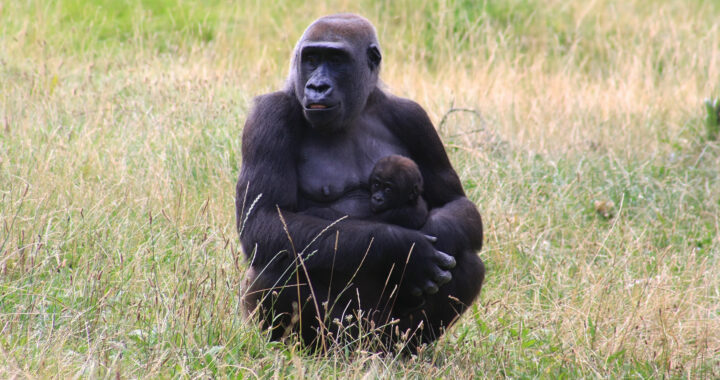A study published in Current Biology challenges the notion that large physical size determines dominance among primates. Researchers from the Max Planck Institute and partners have found that many female mountain gorillas in the Bwindi Impenetrable National Park in Uganda can outrank non-alpha males despite significant sexual size dimorphism in the species.
Researchers analyzed more than 30 years of behavioral data from 4 social groups. Findings showed that 88 percent of females in multi-male groups outranked at least one adult male. Females won about one quarter of observed agonistic interactions with non-alpha and often younger and older adult males. This indicates a pattern not solely explained by physical size.
Dominance in these contexts brought tangible benefits. Females that outranked males had priority access to monopolized food resources. Moreover, in disputes over such food, higher-ranking females consistently gained feeding priority. This underscores the practical advantages of rank and dispels any notion that their elevated status was symbolic or inconsequential.
The researchers examined several reasons behind this dominance pattern. The evidence suggested that support from the alpha male played a significant role. Alpha males sometimes backed females during disputes. Some non-alpha males also appeared to submit strategically to females to potentially avoid conflict with the alpha male or to maintain group stability.
Mating leverage, byproducts of male-male competition, and female-female coalition support were not the main drivers of female dominance in these groups. The dynamics were shaped by social alliances, strategic concessions, and competition for non-mating commodities such as food. This suggests that dominance relationships were more fluid than once believed.
The findings place gorillas in a nuanced position on the intersexual dominance spectrum among great apes. While chimpanzees are often male-biased and bonobos female-biased, gorillas show a mixed structure. This complexity highlights that human social hierarchies cannot be simplistically traced to a uniform primate heritage based solely on body size differences.
Results are robust for the Bwindi population. Researchers still cautioned that further studies across different ecological settings are needed to determine whether the pattern holds for other gorilla populations. The study nevertheless provides strong evidence that social context can override size advantages in shaping dominance and resource access in gorillas and other primates.
The findings above are also related to another study by E. Huchard et al. involving 253 primate populations across 121 primate species. Data challenged the long-held belief that male dominance or alpha male dominance is the norm across all primate societies. The findings revealed that male social superiority over females is far less common than previously assumed.
FURTHER READINGS AND REFERENCES
- Smit, N. and Robbins, M. M. 2025. “Female Mountain Gorillas Can Outrank Non-Alpha Males.” Current Biology. DOI: 1016/j.cub.2025.07.006
- Huchard, E., Kappeler, P. M., Smit, N., Fichtel, C., and Lukas, D. 2025. “The Evolution of Male-Female Dominance Relations in Primate Societies.” Proceedings of the National Academy of Sciences. 122(28). DOI: 1073/pnas.2500405122





